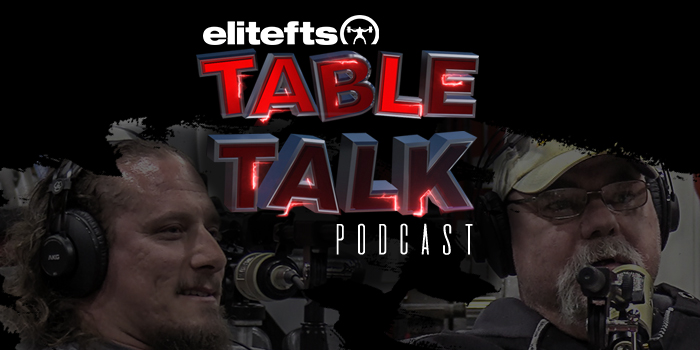
In the first Table Talk Podcast, Dave Tate summarizes a question he received via DM to special guest Dan Green:
"Why do you focus on compound movements more than isolation movements in your programming?"
For Dan, it’s about using compound lifts to change the leverages and build up a lot of volume with those. Training volume on reps and sets of 4, 5, 6, 7, or 8, is conducive to building dense muscle and builds up enough volume, which is critical to gaining volume and therefore, strength.
RECENT: Table Talk Podcast —How Do I Get Stronger at 41 Years Old?
If he wants his back squat to go up, Dan could just work on his back squats. But then the problem is that he ends up relying on his back strength too much, which is not the best way to build back strength and leg strength for him. But throwing in other lifts help him build strength in those other areas that back squats alone aren’t able to.
"The big lifts should optimize your strength, so that means how wide do you stand, how much do you sit back or stay upright... those kinds of things help adjust how much of a balance you’re putting on the different joints and different muscles. You want to do the optimal one to lift the most weight there, but you also want to build up each leverage point individually. That’s how I look at it. If I just did the main squats over and over again, I would stagnate."
Dave asks Dan to clarify what he means by volume because some people would define it as sets times reps equals total volume, whereas workload could be equivalent to sets times reps times weight. Is he referring to total tonnage or total repetitions?
It’s sets and reps for Dan, though he doesn’t usually include warm-ups in his calculations. With compound lifts, he tries to do them in certain rep ranges because he feels like that’s going to give him the best improvement in strength and dense muscle.










